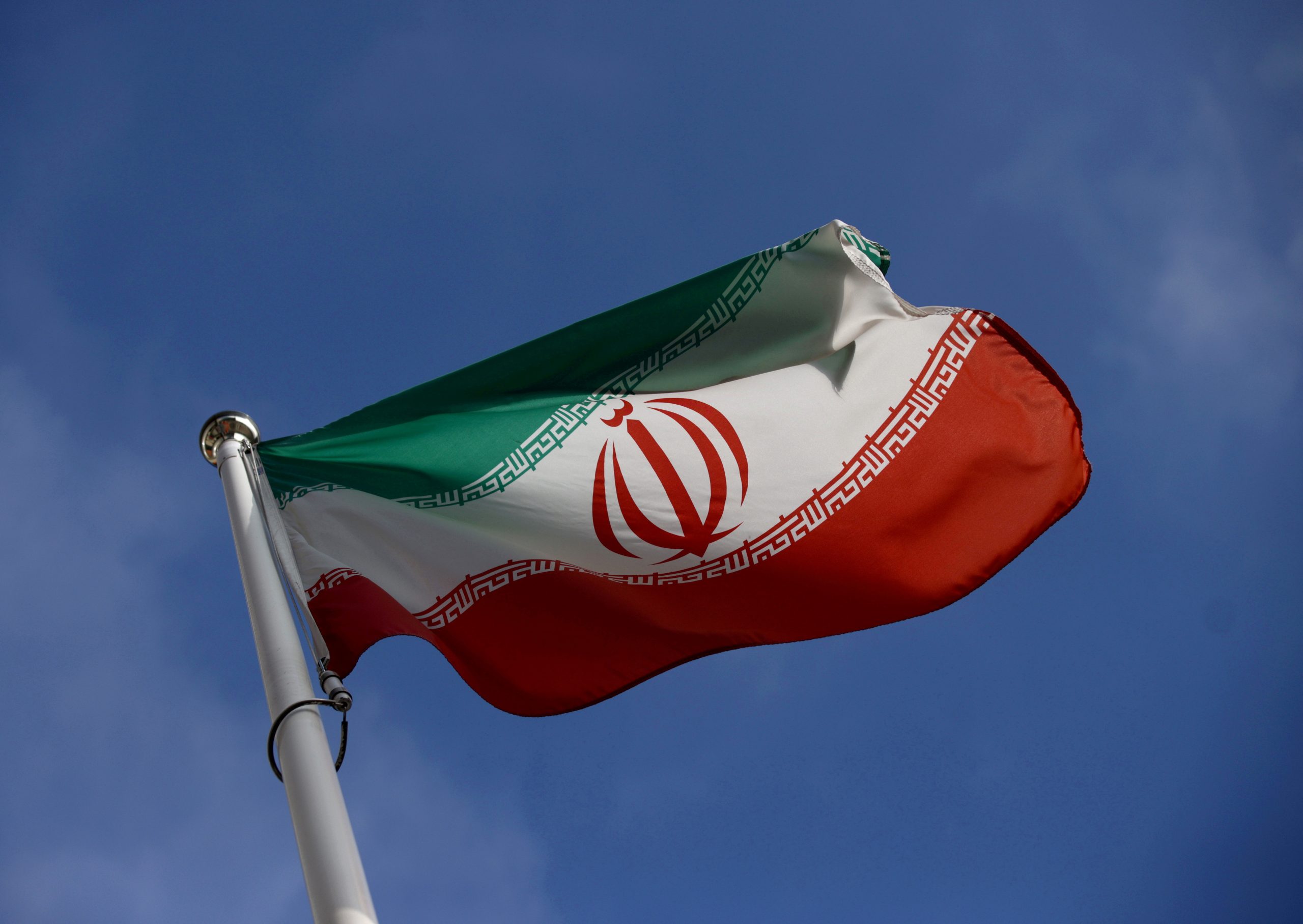
[elfsight_social_share_buttons id=”1″]
Iran has begun enriching uranium to 60% purity at its underground Fordow nuclear site, the country’s nuclear chief said on Tuesday, a move that may irk Western powers pushing Tehran to roll back its nuclear work by reviving a 2015 pact.
Iran is already enriching uranium to up to 60% purity elsewhere, well below the roughly 90% needed for weapons-grade material but above the 20% it produced before the 2015 agreement with major powers to cap enrichment at 3.67%.
“We had said that Iran will seriously react to any resolution and political pressure … that is why Iran has started enriching uranium to 60% purity from Monday at the Fordow site,” said Mohammad Eslami, according to Iranian media.
The International Atomic Energy Agency’s (IAEA) 35-nation Board of Governors on Thursday passed a resolution ordering Iran to cooperate urgently with the agency’s investigation into uranium traces found at three undeclared sites. Iran had warned that the move could impact its “constructive relations” with the agency.
In a letter to the IAEA, the semi-official ISNA news agency reported, Iran had informed the agency about Tehran’s decision to use “IR-6 advanced centrifuges to produce 60% enriched uranium” at Fordow, a site buried inside a mountain.
The 2015 nuclear pact between Iran and six world powers lets Iran use only first-generation IR-1 centrifuges but, as the deal unraveled after then-President Donald Trump ditched it in 2018, Tehran has installed cascades of more efficient advanced centrifuges, such as the IR-2m, IR-4, and IR-6.
In June, Reuters reported that Tehran was escalating its uranium enrichment further by preparing to use IR-6 centrifuges, which can easily switch between enrichment levels, at the Fordow site.
The semi-official Fars news agency said Tehran had also started the process of “replacing the first-generation centrifuges (IR-1) with advanced IR-6 ones” at the Fordow site, while installing new cascades, or clusters, of advanced centrifuges at its underground Natanz nuclear sites.
“Iran has also started the process of injecting gas into two cascades of IR-2m and IR-4 advanced centrifuges at the Natanz site,” state TV reported.
The IAEA resolution is the second this year targeting Iran over the investigation, which has become an obstacle to talks on reviving the 2015 Iran nuclear deal because Iran has demanded that the probe be ended.
Indirect talks between Tehran and U.S. President Joe Biden’s administration to revive the 2015 accord have been at a stalemate since September, with both sides demanding more flexibility.
Iran‘s crackdown on anti-government protests sparked by Mahsa Amini’s death in custody and the sale of drones to Russia have turned the United States’ focus away from reviving a nuclear deal, U.S. special envoy for Iran Robert Malley said on Monday.
Iran denies selling drones to Russia for use in the Ukraine war.
Copyright 2022 Thomson/Reuters
